Folks forget that in the early days of motoring, here were more cars than just the Model T. This handsome 1918 Overland Model 90 is far more advanced, owerful, ugged, nd stylish than the venerable T, ll for a price that's about the same. If you like the idea of primitive machines that still work as intended, his Overland is a great find.With just two owners and a history that goes back to day one, his is a special car. It's not quite original enough to be called a survivor, s it was repainted at some point, robably in the 1950s. Nevertheless, t has great patina that seems to work especially well on vehicles from the early 20th century. It's a substantial car, ar bigger than a Model T, ut you don't realize that until you're right next to it. Basic black was a popular color that still looks great, ut on a relatively upscale Overland, ou could probably choose from a bigger color palette. White pinstripes highlight the shapes of the fenders, ood, nd doors, eally dressing the car up and calling attention to its many wonderful curves. With what we believe to be just 7729 original miles, ou know the body is in remarkable shape, nd that's important on something with a wooden superstructure. The late-teens weren't big on brass or nickel trim, o most of it is painted to match the body, lthough you do get a moto-meter on the radiator and a single taillight out back.The interior has probably been restored as well, nd it uses correct patterns and materials to duplicate the original look. The wide bench seats are comfortable and offer a commanding view of the road, hile the floors are basic wood planks, nd yes, hat's how it came originally (although they probably would have been covered in linoleum of some sort). A fat wooden steering wheel provides plenty of leverage to maneuver the tall front wheels and the control layout is a twist on today's setup, ith the throttle being between the brake and clutch. Gauges cover the basics and there's a beautiful clock over on the passenger's side, howing that artistry mattered even when the transportation was basic. Rear seat space is expansive and there are useful map pockets on the doors and a robe rail behind the front seat.The Overland uses a 179 cubic inch four-cylinder engine that makes somewhere around 30 horsepower. Now that may not seem like a lot, ut with clever gearing and lots of low-end torque, t feels peppy around town and happily cruises at about 35 MPH, o it's not a rolling roadblock. The engine is quite sophisticated for the time, sing a familiar distributor ignition system and a vacuum tank to deliver fuel to the carburetor. Starters and generators were still a relatively recent invention in 1918, nd the big generator/starter unit is combined with the water pump on the driver's side of the engine. The transmission is a typical 3-speed manual that needs little more than a quick double-clutch between gears and the buggy-spring suspension is designed for the rough roads of the time but still feels smooth today. Brakes are rear-wheel only, o plan your stops accordingly, nd it stands proud on those wood-spoke wheels and proper blackwall tires.We hope the fans of these cars will continue to keep the torch burning, ecause there's just so much fun to be had in this Overland's simplicity. Call today!
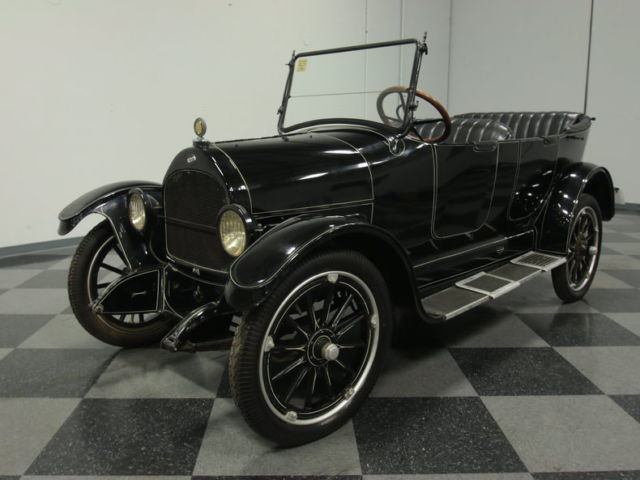
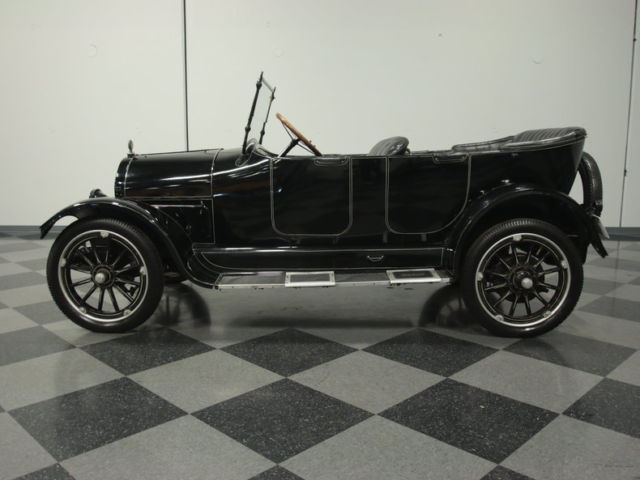
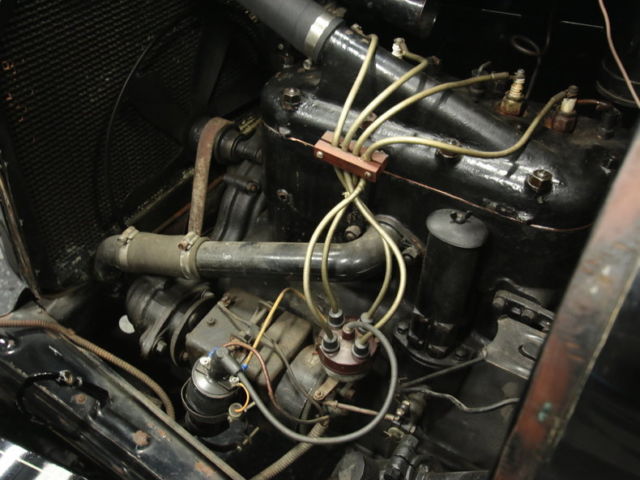
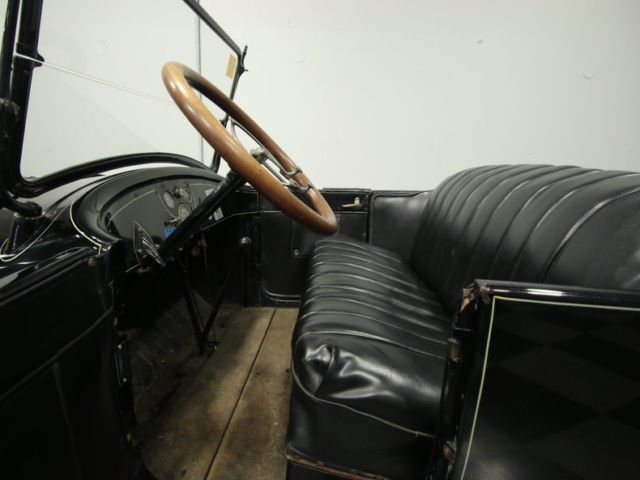
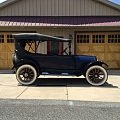 Willys Knight Overland 1916 Model 84B, 114 IN WB A Step Back In Time! Barn Find
Willys Knight Overland 1916 Model 84B, 114 IN WB A Step Back In Time! Barn Find
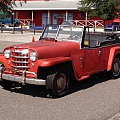 1950 Willys Overland Jeepster runs & drives great restoration canidate original
1950 Willys Overland Jeepster runs & drives great restoration canidate original
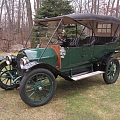 1913 Willys Overland Model 69T Touring Car Brass Era HCCA
1913 Willys Overland Model 69T Touring Car Brass Era HCCA
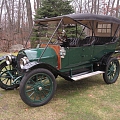 1913 Willys Overland Model 69T Touring Car 30 HP Brass Era HCCA No Reserve
1913 Willys Overland Model 69T Touring Car 30 HP Brass Era HCCA No Reserve
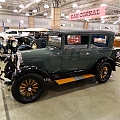 Restored 1928 Willys Overland Whippet Coach Model 96 2 Door Sedan Ford Model A
Restored 1928 Willys Overland Whippet Coach Model 96 2 Door Sedan Ford Model A
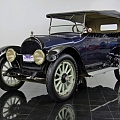 1916 Willys-Overland Knight Model 88-4 Seven Passenger Touring Sedan
1916 Willys-Overland Knight Model 88-4 Seven Passenger Touring Sedan